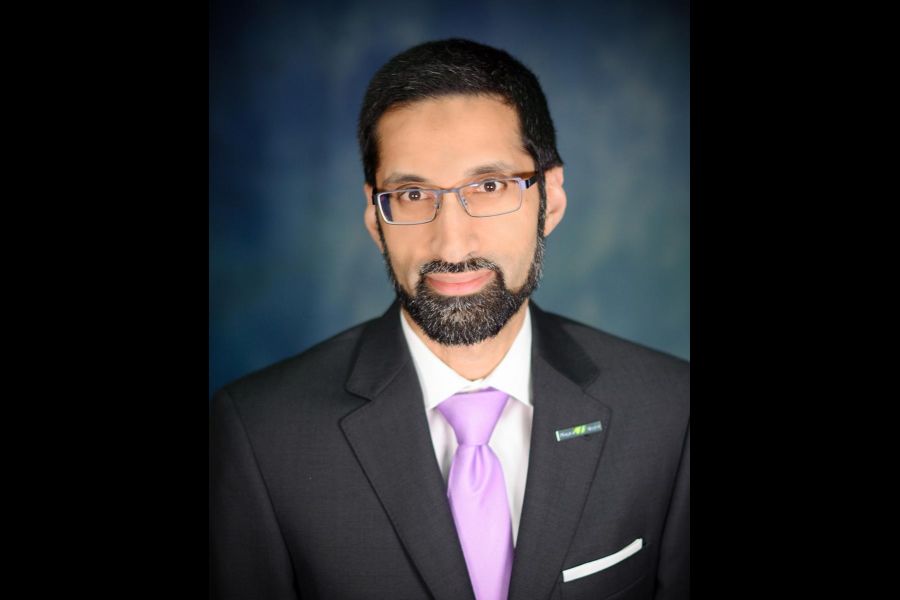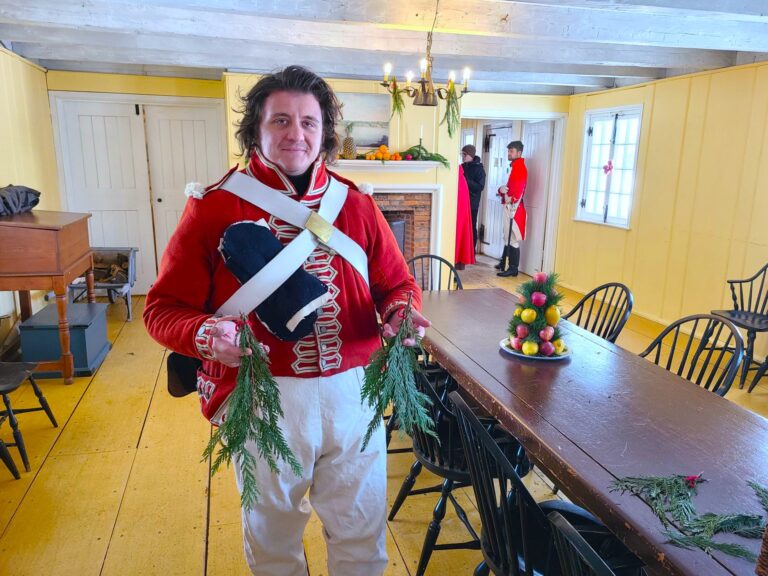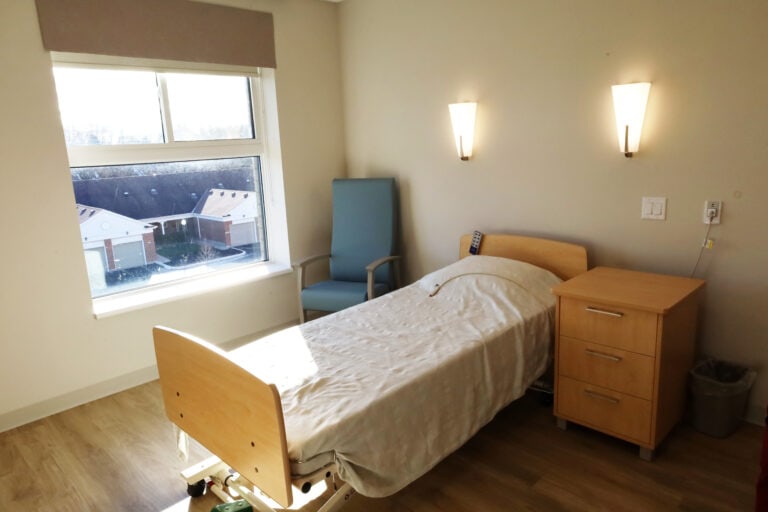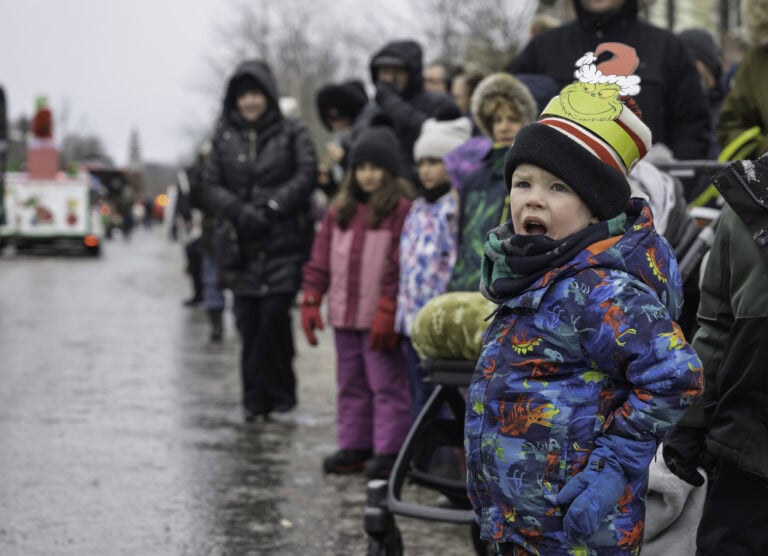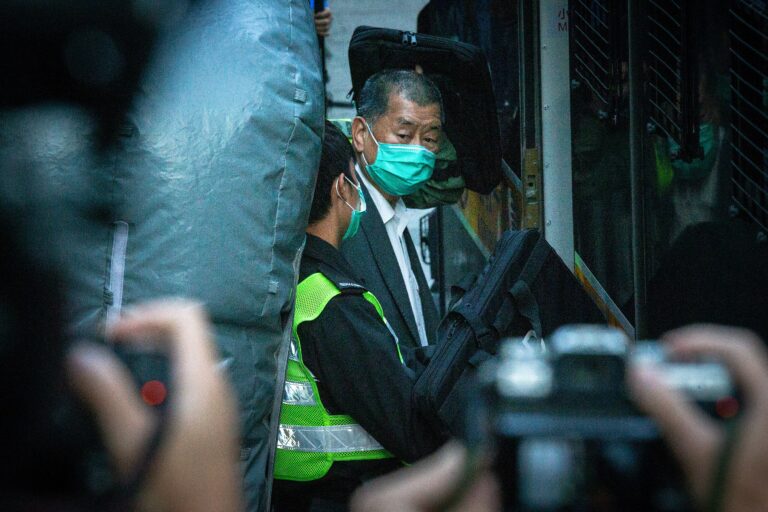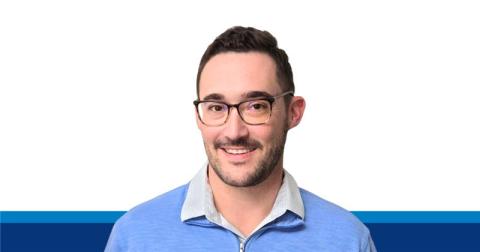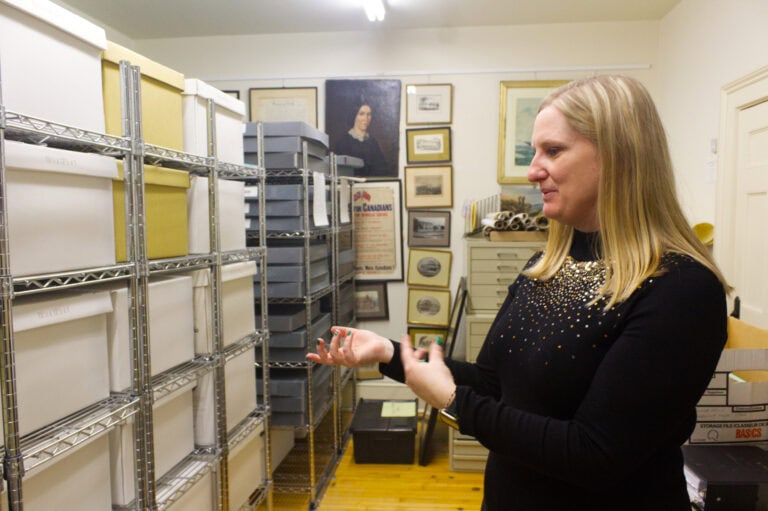We need to have the “fewest interactions with fewest people for the shortest amount of time at the greatest distance while wearing the best-fitting mask”
For weeks, Niagara’s chief medical officer of health Dr. Mustafa Hirji has been warning that if the province continued to open up and people didn’t reduce their social contacts, variant cases of COVID-19 would start to rise as regular cases flatten out.
Now, he says, that’s “exactly what seems to be happening.”
“We now actually have a very sharp upwards trend in terms of cases across the province. We are well past where we were at the first wave. We're probably about halfway from where we were back to being at this peak of that second wave.”
“It's only by reducing the number of people we have social contacts with that we have any hope of flattening this out,” Hirji told a media conference Monday.
“We are seeing more infection spreading and so I don't know how we get off this upward trajectory and flatten it out based on the current decisions that are being made in the province.”
He urged people to have the “fewest interactions with fewest people for the shortest amount of time at the greatest distance while wearing the best-fitting mask.”
Reducing contact with other people by “sticking to just our household, keeping our distance, wearing face coverings” are the only way to bring cases under control, he said.
It could mean the province imposes more restrictions “to basically force us to get there. The earlier I think we do it ourselves, the better off we'll be and perhaps there's still the opportunity that we can avoid a government-imposed lockdown.”
He said a big reason for concern is that variant cases will be more severe and many will require hospitalization, and intensive care in some cases.
As the case numbers rise, so does hospitalization.
“Obviously we never brought our cases all the way down so we never brought our hospitalizations and ICU numbers down. And we can see that ICU number starting to go up and it's nearing where we were at the peak of that second wave.”
As those cases start to rise, places like Sunnybrook hospital in Toronto are preparing field hospitals to deal with a surge in patients.
Hirji is alarmed that cases of the P.1 variant, which originated in Brazil, are also starting to rise in Ontario.
Cases of the Brazilian variant jumped to 82 from 61 in just two days, about a 30 per cent increase.
The P.1 strain appears to be more deadly, he said, with thousands of deaths per day being reported in Brazil.
It also appears to be “less prevented by the vaccine,” he said.
“And so if this variant starts to rise in Ontario, that makes everything that we've seen become much worse.”
British Columbia has detected large numbers of variant cases — more than the entire United States has diagnosed, he said.
While those numbers are likely skewed because Canada is testing for variants more, it’s concerning because there is ”still is a lot of interprovincial travel around Canada.”
“It's fortunately not quite as grim here in Niagara, at least not yet,” he said, adding variant cases had actually seen a slight drop in recent days.
Still, with regular and variant cases combined, Niagara is on an upward trajectory.
Hirji said the latest mobility data the region has access to shows more people are going out for shopping and recreation.
While vaccinations will help get cases under control, that’s not going to happen overnight, or even in a few weeks, he warned.
“We need to be very careful about relaxing measures, we need to be careful about having social gatherings, about interacting with others, because that's fuelling the increase in cases.”
Mobility data shows that is not happening, he said. “It doesn't seem like that is taking hold yet and so I'm not very optimistic of where this leads.”



